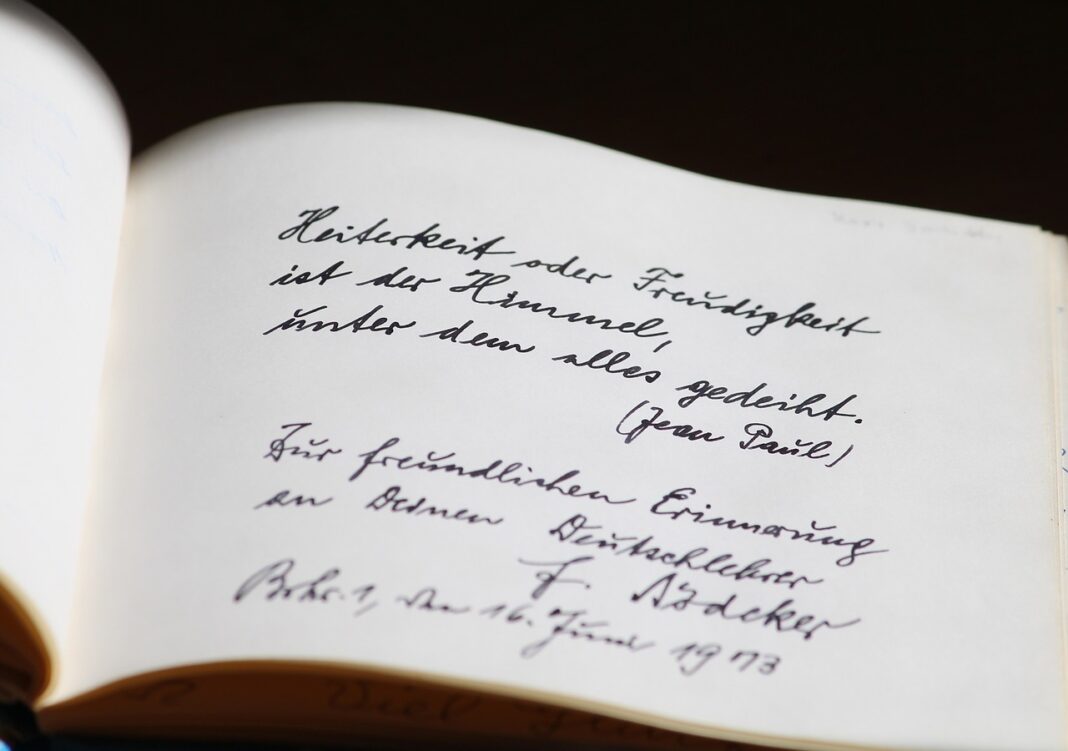The key difference between form and content in literature is that the content is what a text says while the form is the way of arrangement of the content.
Form and content are two very important aspects of a text. It is not possible to disconnect the two and look at them as completely different components due to their inherent relation. In literature, the form refers to the style and structure of a literary work whereas the content refers to the plot, characters, setting, and themes.
Key Takeaways
- Form in literature refers to the style, structure, or tone of a work, while content refers to the plot, characters, setting, and themes.
- Form and content are dependent on each other and cannot be separated from each other to fully appreciate a work of literature.
- The form explains the arrangement or structure of information while content refers to the information presented in the text.
What is Form in Literature?
The form is the way of arrangement of the content of a text. Basically, it explains how the text presents the information. In a literary work, the form can refer to the style, structure or tone of a work. There are different forms in literature; for example, novels, novellas, short stories, and poems.
These forms also have sub-forms; for instance, a poem can take different forms such as narrative, ballad, epic, elegy or sonnet. Division of a novel into chapters, the division of a play into various acts and scenes are also examples of the form in literature.
What is Content in Literature?
Content is basically what a text says. It explains what’s the text is about. In other words, it’s the information the text presents. In a literary piece of work, the content refers to the message, story, theme, setting and/or characters.
For example, if you are looking at a novel, the content refers to the plot, characters, theme, and setting of that novel. Similarly, if you are looking at a poem, it expresses the ideas of the poem. Further, there are different forms in use to present the content. For example, a poem can take the form of a sonnet, free verse, limerick, haiku, etc.
In some works, the content may decide the form of the work. However, some writers also let the form of the work influence the content.
What is the Relationship Between Form and Content in Literature?
Form and content are dependent on each other. To fully appreciate a work of literature, they cannot be separated from each other.
What is the Difference Between Form and Content in Literature?
The content basically refers to what a text says while the form refers to how it is said. In other words, the form explains the arrangement or structure of the information while content refers to the information presented in the text. In a work of literature, form may include style and structure while content may include characters, themes, and settings.
Summary – Form vs Content in Literature
Form and content in literature are inherently linked together. It is impossible to study one without the other. The form explains the arrangement or structure of information while the content refers to the information presented in the text. This is the basic difference between form and content in literature.
